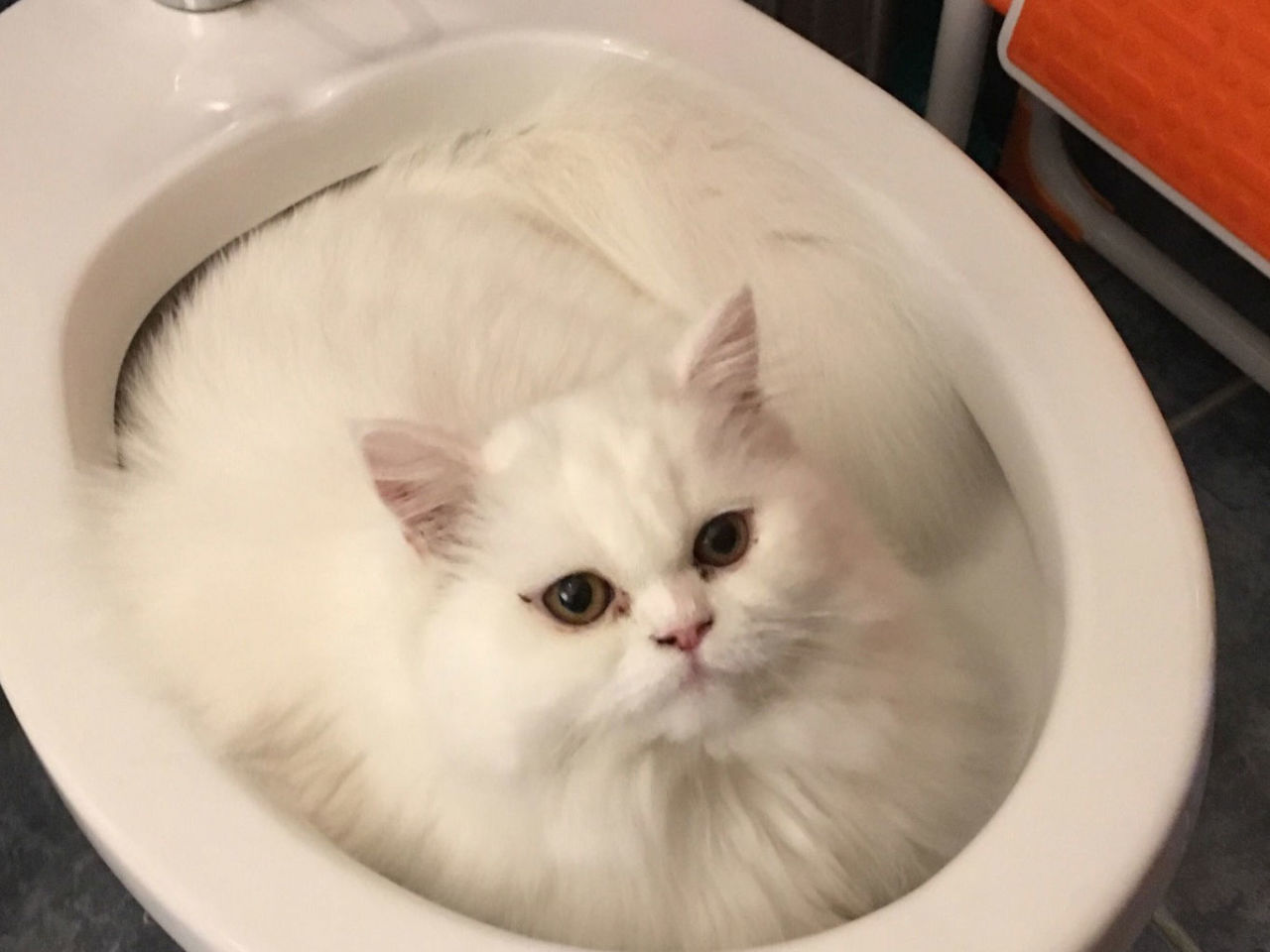Dangers of Flushing Cat Poop in Your Toilet - Preventive Steps
Book A Service CallWe've stumbled upon this great article involving How to Dispose of Cat Poop and Litter Without Plastic Bags listed below on the internet and reckoned it made sense to relate it with you here.

Introduction
As pet cat owners, it's essential to be mindful of how we dispose of our feline friends' waste. While it might seem convenient to purge cat poop down the bathroom, this technique can have harmful effects for both the environment and human health.
Ecological Impact
Purging pet cat poop presents hazardous microorganisms and bloodsuckers right into the water, posing a significant danger to water environments. These pollutants can negatively affect marine life and compromise water quality.
Health Risks
In addition to environmental issues, flushing cat waste can additionally present health and wellness dangers to humans. Pet cat feces may include Toxoplasma gondii, a bloodsucker that can trigger toxoplasmosis-- a potentially extreme health problem, especially for pregnant females and individuals with damaged immune systems.
Alternatives to Flushing
Fortunately, there are more secure and much more liable methods to deal with pet cat poop. Consider the adhering to options:
1. Scoop and Dispose in Trash
One of the most common method of taking care of cat poop is to scoop it right into a naturally degradable bag and throw it in the trash. Make certain to utilize a dedicated trash scoop and dispose of the waste without delay.
2. Usage Biodegradable Litter
Go with naturally degradable cat clutter made from materials such as corn or wheat. These clutters are eco-friendly and can be safely gotten rid of in the garbage.
3. Bury in the Yard
If you have a yard, take into consideration burying cat waste in an assigned area far from vegetable gardens and water resources. Be sure to dig deep enough to prevent contamination of groundwater.
4. Install a Pet Waste Disposal System
Purchase a family pet garbage disposal system particularly developed for cat waste. These systems use enzymes to break down the waste, reducing smell and environmental influence.
Verdict
Accountable pet possession prolongs beyond giving food and shelter-- it also entails appropriate waste management. By avoiding flushing feline poop down the toilet and going with alternate disposal approaches, we can reduce our environmental footprint and shield human health and wellness.
Why You Should NEVER Flush Cat Poop (and/or Litter) Down Your Toilet
The Problem with Litter
The main function of litter is to solidify and adhere to your cat’s waste. While this makes litter excellent for collecting cat poop and urine, it’s also the exact property that makes it a nightmare when flushed down the toilet.
Cat litter can and will clog pipes. There is non-clumping litter, but it’s still quite heavy and can build up in pipes. This is true even of supposed “flushable litter.”
The problems only compound when the litter is already clumped into cat waste. Toilet paper is among the more flushable things, and even too much of that will clog a toilet.
The Problem with Cat Poop
Sewers and septic systems are designed with human waste in mind. The microbes that help break down human waste don’t work on cat waste. Additionally, cat poop plays host to the parasite Toxoplasma gondii.
When flushed, this parasite can enter the environment in places it was never meant to, posing a risk to pregnant women, their unborn children, and other people with compromised immune systems. While it might not seem possible, flushing cat poop can indeed introduce this parasite to the public water supply.
These reasons are why, even if you’ve trained your cat to go on the toilet and flush, which is possible, it’s still not a good idea. Also, pregnant women and the immunocompromised shouldn’t change litter, either.
How to Handle Litter
The best way to handle litter is to simply put it in a plastic bag and place it in the trash. Avoiding environmental risks and possible plumbing damage is worth the extra effort.
You can also invest in devices that seal away your cat’s waste in a separate compartment, so you don’t have to change the litter nearly as often. They’re also safer for pet owners because they limit the possibility of Toxoplasma gondii exposure.
Disposing of litter the old-fashioned way will ensure you won’t have to worry about any issues that flushing the waste can potentially cause.
Take Care of Clogged Pipes with Stephens Plumbing, Heating & Air Conditioning
The reasons you should never flush cat poop down your toilet are numerous, but sometimes the inevitable happens despite your best efforts.
Stephens Plumbing, Heating & Air Conditioning is ready to help if you’re experiencing litter-blocked plumbing. Whether you need us in an emergency or want to schedule regular maintenance, we’re here for you.
https://www.stephensplumbing.net/bathroom-plumbing/never-flush-cat-poop-down-your-toilet/

Do you appreciate reading up on How to Dispose of Cat Poop and Litter Without Plastic Bags? Give a short review further down. We'd be delighted to hear your insights about this article. We are looking forward to see you back again in the near future. If you liked our post kindly remember to share it. Thanks so much for your time invested reading it.
Call Today